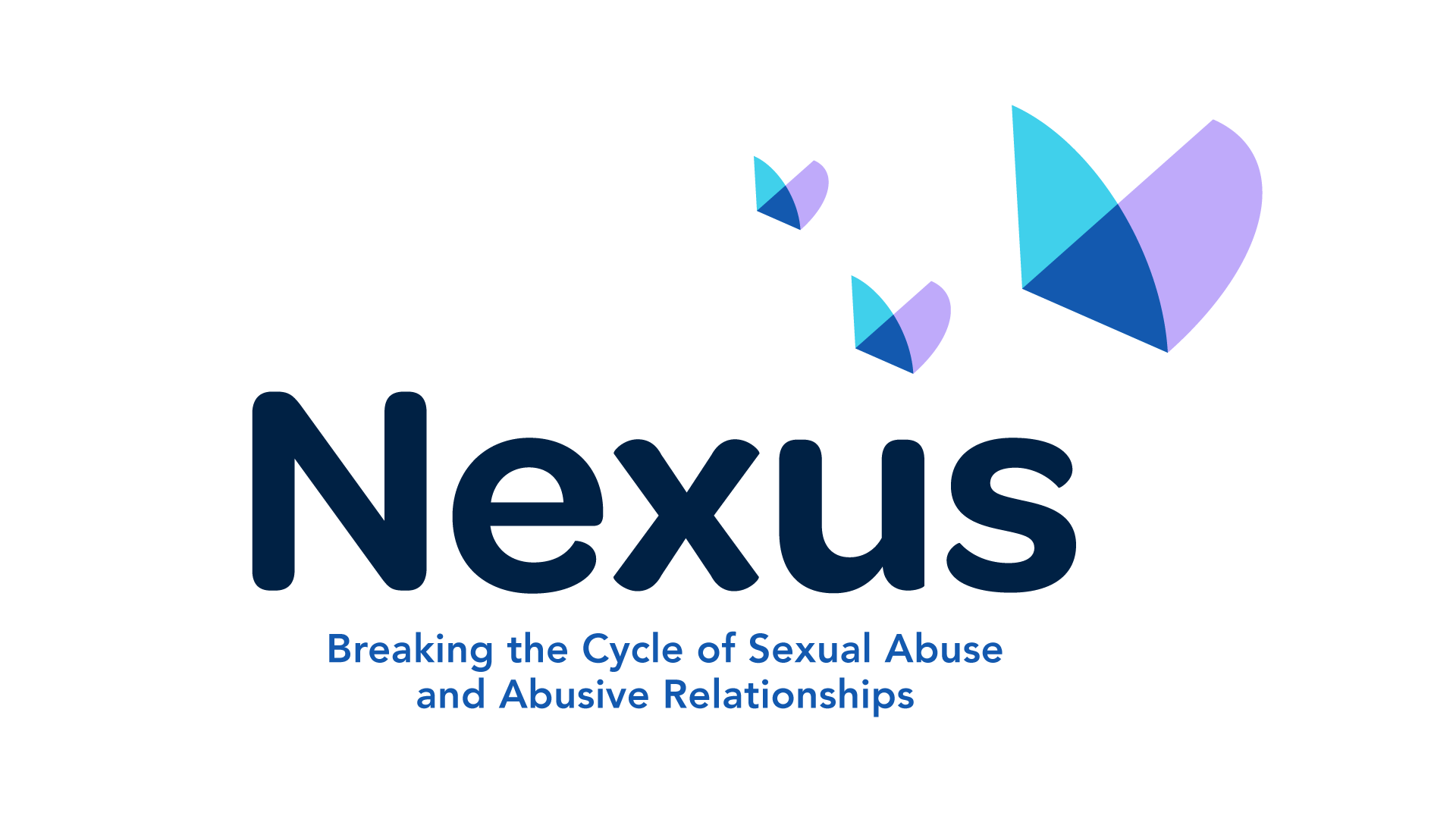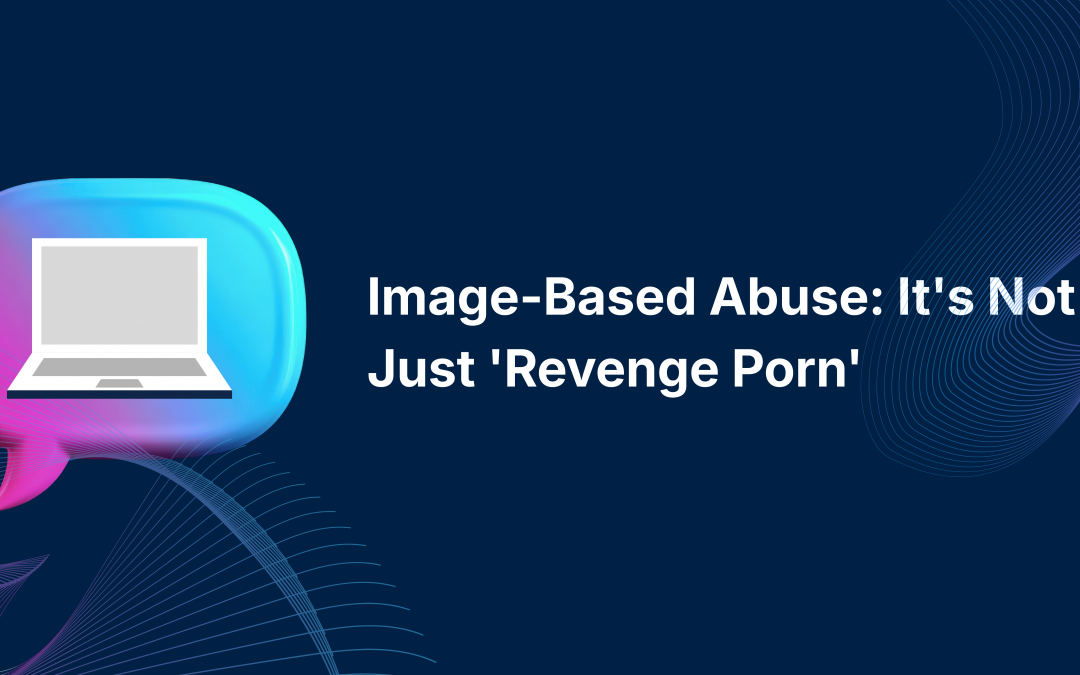Content Warning: This article discusses image-based sexual abuse. If you need support, contact the 24/7 Domestic & Sexual Abuse Helpline on 0808 802 1414.
When we hear about intimate images being shared without consent, many of us immediately think of “revenge porn.” However, this is a somewhat narrow understanding and misses the full picture of image-based abuse. It also leaves many victims without the language to name what’s happening to them.
The term “revenge porn” is problematic. It suggests the motivation is always revenge, when in fact perpetrators share images to control, humiliate, profit, or intimidate. The word “porn” implies entertainment rather than abuse, and “revenge” suggests victims deserve retaliation.
This is why we use image-based abuse, as it more accurately reflects the harm and experiences.
Image-based abuse can take many forms, some are:
- Distributionwithoutconsent
Sharing intimate images that were created with consent but distributed without permission – possibly after relationships end, during relationships, or sold to websites.
- Threats toshare
The threat alone is abuse, even if images are never shared. Perpetrators use threats to coerce, control or cause fear. Many victims find the constant threat just as traumatic as the actual distribution.
- Imagescreatedwithout consent
Hidden cameras, photos taken while someone is unconscious, recording without knowledge, or upskirting. These images were never meant to exist – the violation begins with their creation.
- Manipulated orfabricatedimages
Creating deepfakes using AI, photoshopping, or digital alterations. It is illegal to share or threaten to share intimate photos or videos of someone without their permission.
- Targetedsharing
Sending images to family, employers, community WhatsApp groups, or displaying them to specific people. Targeted sharing can be devastating.
Understanding Sextortion: related, but different
Sextortion is online blackmail where criminals trick victims into creating sexual images, then threaten to share them unless demands are met (usually money or further images). Victims can also be coerced into performing sexual acts on webcam that are secretly recorded.
Key differences
| Image-Based abuse | Sextortion |
| Often within existing relationships | Usually, strangers online |
| Images may have been consensually shared | Victims tricked into creating images |
| Motivated by control/humiliation | Motivated by financial gain |
| Perpetrator usually known | Perpetrator usually anonymous |
| Primarily affects women and girls | 94% of victims are men aged 18-25 |
Important: These can overlap, and both are serious crimes deserving support and justice.
Common Myths
Myth: “You shouldn’t have taken them in the first place.”
Reality: This is victim-blaming. The crime is the breach of trust, not the images.
Myth: “It’s only abuse if images are actually shared.”
Reality: Threats alone are abuse. The coercive control and fear cause real harm.
Myth: “If it’s online, it’s not as serious.”
Reality: 14% of women in NI who experienced online violence said it progressed to offline abuse.
Your Rights: The Law in Northern Ireland
Image-based abuse is a crime under harassment and blackmail laws. Northern Ireland is working toward stronger, specific legislation similar to England, Wales, Scotland, and Ireland. Nexus NI and others are campaigning to ensure NI adopts robust protections.
What to do if you are experiencing this type of abuse
Immediate Steps:
- Don’t respond to threats or send money/more images
- Screenshot threats with dates and usernames
- Change passwords and enable two-factor authentication
- Consider your physical safety if the perpetrator knows where you live
Getting Support:
- Nexus NI: [Insert number/email/website]
- 24/7 Helpline: 0808 802 1414
- PSNI: 101 (999 in emergency)
Reporting: You can report to PSNI – you’ll be taken seriously and can bring a support person.
Removing Images: Report immediately to platforms (Facebook, Instagram, Twitter, etc.) and document everything before removal.
Prevention Tips
- Remove identifying features from intimate images
- Review privacy settings regularly
- If leaving an abusive relationship, change all passwords first and check for spyware
- Never feel pressured – consent under pressure isn’t real consent
How to support someone:
DO: Believe them, tell them it’s not their fault, listen without judgment and ask what support they need.
DON’T: Ask to see images, ask why they took them, suggest they should have “known better,” or pressure them to report.
You Are Not Alone
Image-based abuse is never your fault. Whether you’re experiencing threats, dealing with images shared in your community, or living in fear, your experience is valid and help is available.
Research shows 85% of people in Northern Ireland support making online violence against women a criminal offence.
Get Help Now
Nexus NI: nexusni.org
24/7 Domestic & Sexual Abuse Helpline: 0808 802 1414
Emergency: 999
Published by Nexus NI as part of our 16 Days of Activism campaign to End Violence Against Women and Girls. November 2025.





